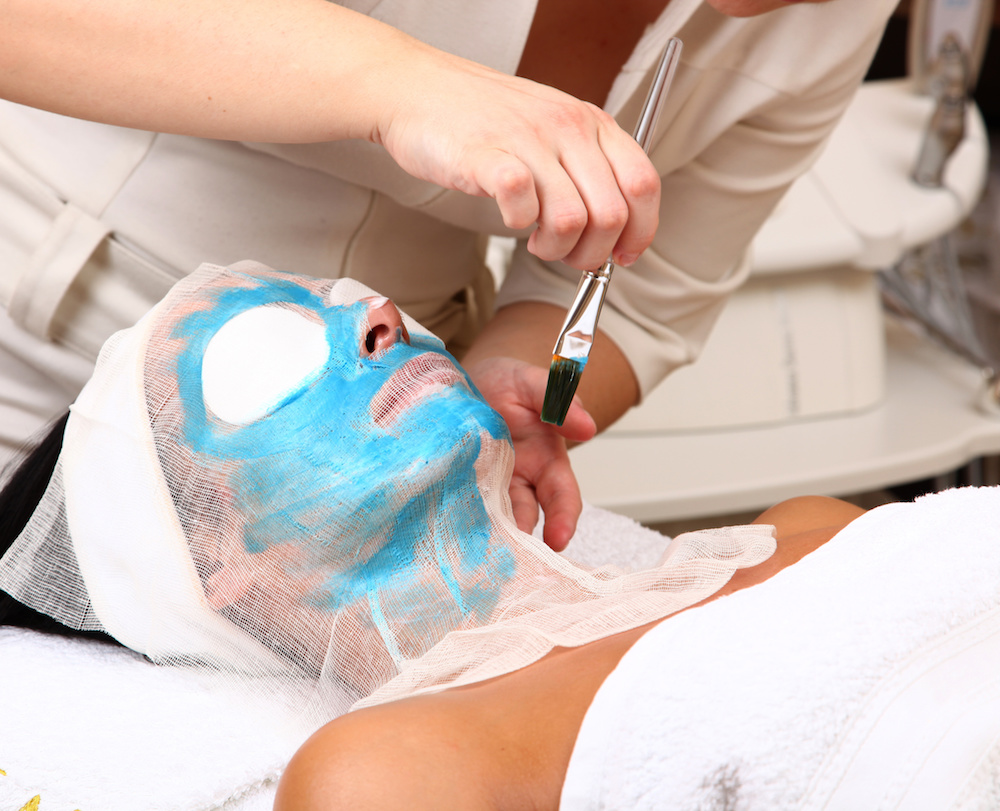
Glycolic Peel Skin Treatment
A Glycolic Peel is a safe process that removes the top layer of micro thin skin. As a result, removal of these damaged cells stimulates cell division which results in plumper, healthier, newer cells. The procedure smooths and softens the skin and diminishes fine lines. It can also even out discoloration and increase moisture retention. With these recent advancement in skincare products and procedures, new and innovating treatments are available for people who require a more youthful appearance. Today, there are many options and solutions for aging and sun-damaged skin. The results are glowing, healthier and more youthful skin. Who doesn’t want that!
Glycolic Peel Skin Treatments are preformed on the face, neck, chest, hands and even the arms and legs.
For optimal results, peels can be performed weekly over a period of six weeks. Most people notice a change in skin appearance and texture right away however, results can vary. Improvement continues over the course of the treatments revealing fresher, younger skin. Mild peels usually take about 20 minutes, making the procedure convenient and accessible any time of the day. Why not schedule your treatment during your lunch hour break!
This form of skin rejuvenation is recommended for all types of skin, especially mature skin that has been sun-damaged and is beginning to show signs of aging. Most professionals offering this procedure will offer a free consultation prior to commencing treatments. Call your nearest skin care specialist today to schedule an appointment!
Spas in Canada Tip: Along with treatments such as the one above, we recommended that you take necessary steps to protect your skin naturally. Stay out of the sun as much as possible. Use a high SPF sunscreen for the times that you are in the sun and always remember to drink plenty of water. Your skin will thank you now and in the future.
Skin Cancer.org advises “Sun protection is essential to skin cancer prevention – about 90 percent of non-melanoma skin cancers and about 86 percent of melanomas are associated with exposure to UV radiation from the sun. Learn how to protect yourself to stay safe.”
